Concrete, while strong, is prone to water damage due to its porous nature, leading to structural deterioration over time. Proper crack repair is vital to prevent water intrusion, as even small cracks can expand with moisture exposure. Effective waterproofing involves using sealants and filling joints during construction. Crack repair involves cleaning and filling with waterproof materials, sealing them to maintain the integrity of waterproofing systems and protect structures from damage caused by moisture. Regular maintenance, including prompt crack repair and reapplication of sealers, is crucial for preserving concrete's longevity.
Concrete, though robust, isn’t immune to water damage. Understanding its porous nature and tendency to absorb moisture is key to appreciating why concrete waterproofing is essential. This article delves into the intricacies of concrete’s susceptibility to water intrusion, highlighting the critical role of crack repair in effective waterproofing. We’ll explore various crack types, suitable materials for filling, the step-by-step process, common mistakes to avoid, and maintenance tips for ensuring long-lasting protection against water damage through crack repair.
Understanding Concrete and Its Susceptibility to Water Damage
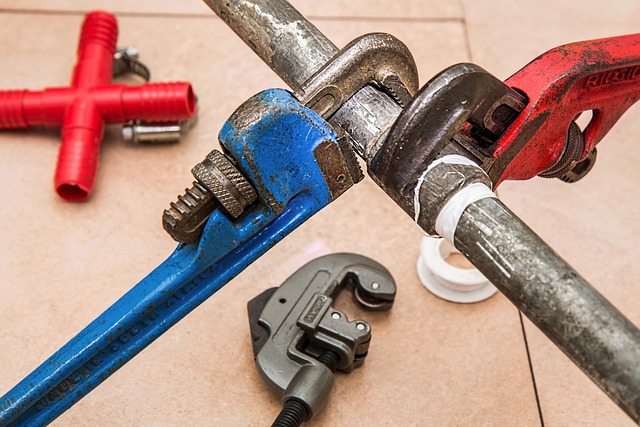
Concrete, a robust and durable construction material, is known for its strength and longevity. However, despite its reputation as an impermeable surface, concrete is susceptible to water damage over time. This occurs primarily due to the porous nature of concrete, which allows moisture to seep in and eventually lead to cracks and structural deterioration. Water can infiltrate through tiny pores, or it might find its way in during construction if proper measures aren’t taken, such as inadequate sealing or filling of joints and crack repair.
Crack repair is a crucial step in preventing further damage caused by water intrusion. Even the smallest cracks can expand over time when exposed to moisture, compromising the integrity of concrete structures. Understanding these vulnerabilities is essential for effective waterproofing strategies to be implemented, ensuring the longevity and structural soundness of concrete buildings and infrastructure.
The Importance of Crack Repair in Waterproofing

Crack repair is a crucial aspect of concrete waterproofing, addressing potential entry points for water and moisture. Even the smallest cracks in concrete structures can have significant impacts on overall waterproofing effectiveness. Over time, these tiny fractures can widen due to environmental factors like temperature changes, precipitation, and movement from heavy loads or shifting soil. If left unattended, cracks can allow water to seep into the concrete, leading to various issues such as corrosion of steel reinforcement bars, damage to the structural integrity, and even mold growth in severe cases.
Proper crack repair involves cleaning the crack to remove any debris, followed by filling it with a suitable waterproof material. This process not only prevents further water intrusion but also acts as a preventive measure against future damage. By sealing these cracks, concrete waterproofing systems can maintain their integrity, ensuring that buildings, bridges, and other structures remain dry and safe from moisture-related problems.
Types of Cracks and Their Impact on Water Intrusion
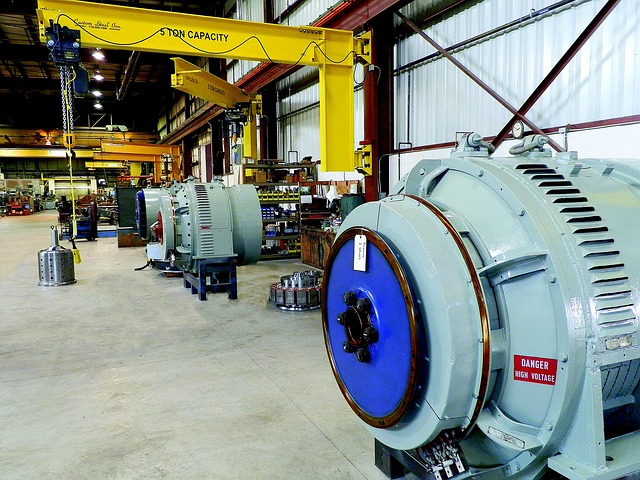
Concrete structures often face the challenge of water intrusion, which can lead to severe damage and structural issues over time. One of the primary entry points for moisture is cracks in the concrete. Cracks can vary greatly in size and type, each posing different levels of concern. Hairline fractures, though tiny, can be numerous and create pathways for water to seep into the concrete matrix. Larger cracks, such as those caused by settlement or thermal expansion, may appear as deep fissures or vertical separations, allowing significant amounts of water to infiltrate.
The impact of these cracks on waterproofing is profound. Water can erode the concrete, leading to further cracking and weakening of the structure. It can also cause corrosion of steel reinforcement bars, compromising the integrity of the entire slab or wall. Prompt identification and crack repair are essential to prevent such deterioration. Effective crack repair methods involve sealing the openings with waterproof materials to block water intrusion and prevent future damage.
Materials and Techniques for Effective Crack Filling
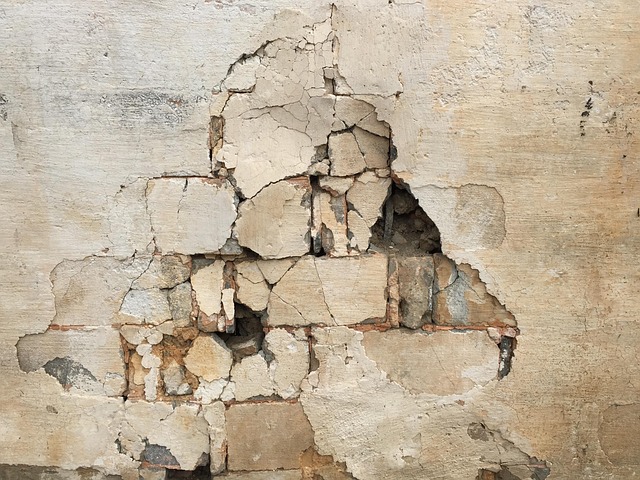
When it comes to concrete waterproofing, crack repair is a crucial step in maintaining structural integrity and preventing water intrusion. The first line of defense involves selecting the right materials for filling cracks effectively. Common choices include epoxy resins, polyurethane foams, and silicone-based products, each offering unique advantages based on the specific application. Epoxy resins are highly durable and versatile, suitable for wide or deep cracks. Polyurethane foams fill small to medium gaps, providing excellent adhesion and insulation properties. Silicone sealants excel in extreme weather conditions, ensuring a flexible barrier against moisture.
Techniques for crack repair vary depending on the severity of the damage. For smaller cracks, a simple injection of the chosen material can be sufficient. This method involves drilling into the crack and injecting the filler, which expands or sets to fill the void. Larger cracks may require more extensive approaches, such as applying a thin layer of waterproof membrane or using specialized crack-filling guns that extrude the material under pressure. Proper preparation, including cleaning and profiling the crack surface, is essential to ensure long-lasting results in concrete waterproofing.
Steps Involved in a Comprehensive Concrete Waterproofing Process

The first step in a comprehensive concrete waterproofing process is crack repair. These cracks, no matter how small, can be entry points for water to infiltrate and cause further damage. Therefore, it’s crucial to assess and fix any cracks present on the concrete surface. This involves cleaning the area, filling the crack with a suitable sealant or epoxy, and smoothing it out for an effective barrier against moisture.
Once the crack repair is complete, the next step focuses on applying a waterproof membrane or coating to the entire concrete surface. These protective layers are designed to repel water and prevent seepage. Depending on the specific application, this could involve rolling, brushing, or spraying the membrane onto the concrete, ensuring even coverage for maximum protection.
Common Mistakes to Avoid During Concrete Waterproofing
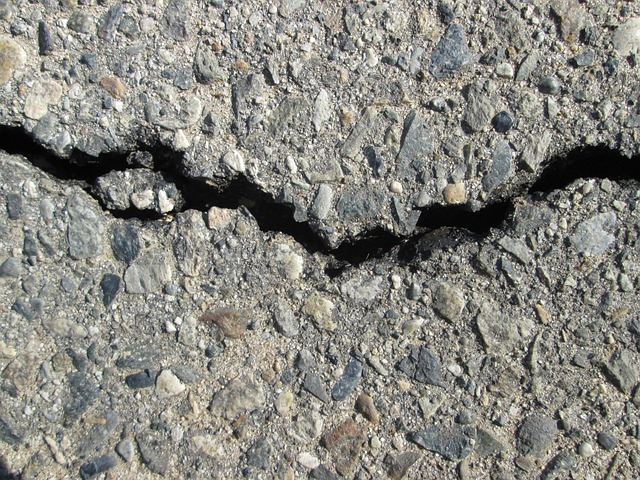
When undertaking concrete waterproofing, there are several common mistakes that homeowners and contractors often make which can compromise the effectiveness of the process. One of the most critical errors is neglecting crack repair. Cracks in concrete can provide entry points for water, leading to significant damage over time. Before applying any waterproof membrane or coating, it’s essential to thoroughly inspect the surface and repair all visible cracks using suitable epoxy or polyurethane products. This step ensures a continuous barrier against moisture infiltration.
Another mistake to avoid is not considering the entire structure as a system. Waterproofing is not just about sealing the exterior; it involves protecting the entire concrete structure from within out. Inadequate drainage around the foundation and poor ventilation can trap moisture, creating an environment conducive to concrete deterioration. Properly addressing these issues alongside crack repair is vital for long-lasting protection.
Maintenance Tips for Long-Lasting Waterproofed Concrete
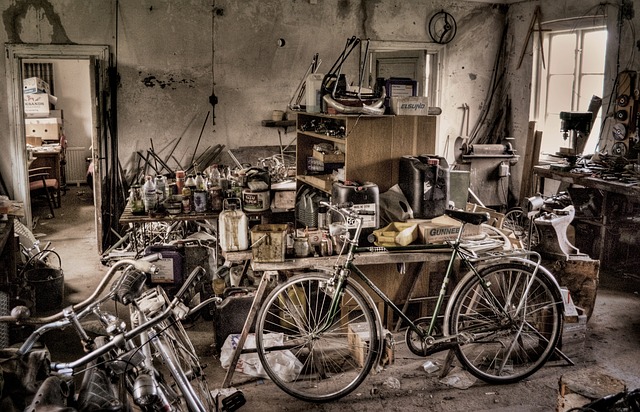
Regular maintenance is key to ensuring your waterproofed concrete remains in top condition for years to come. One of the most important tasks is crack repair, as even the smallest cracks can allow water penetration and compromise the integrity of the surface. Regularly inspect your concrete for any signs of damage or cracks and promptly repair them using a high-quality epoxy or polyurethane-based filler.
Additionally, cleaning and sealing are crucial maintenance steps. Remove any dirt, grime, or debris that may accumulate on the surface to prevent moisture absorption. Use a mild detergent or pressure washing for deep cleaning. After cleaning, apply a fresh coat of sealer to boost water resistance and protect against stains and further damage.
